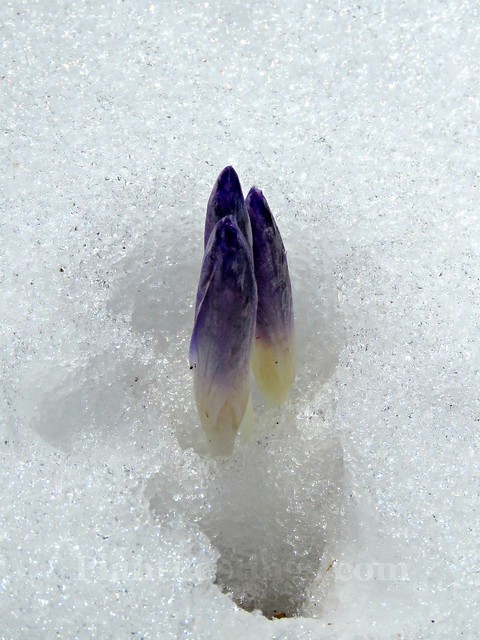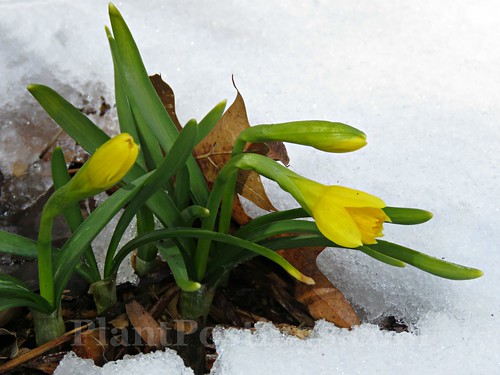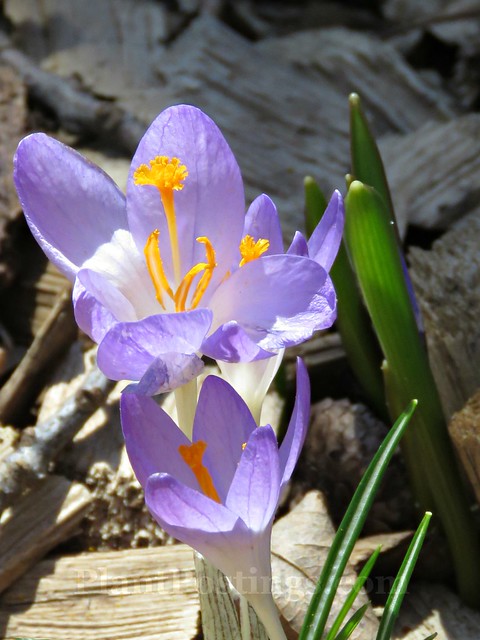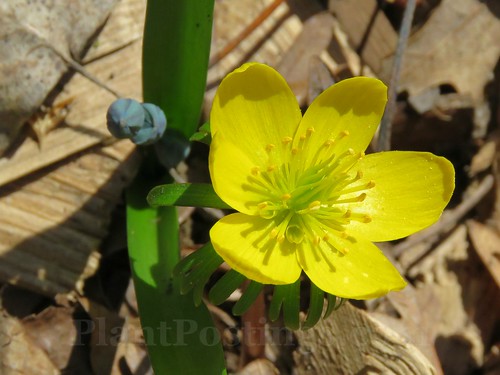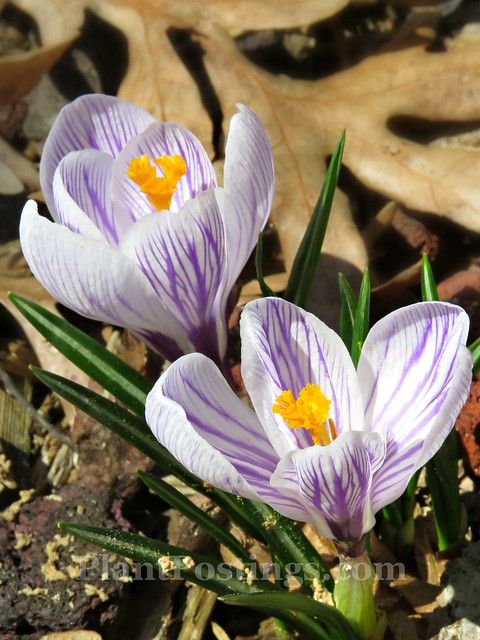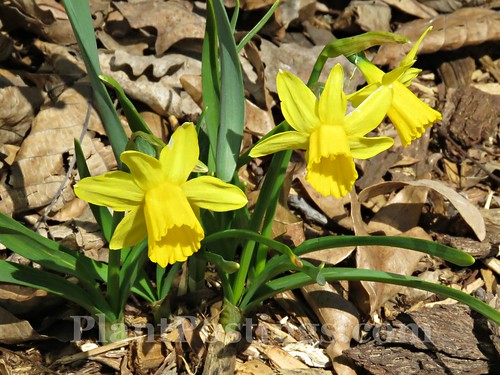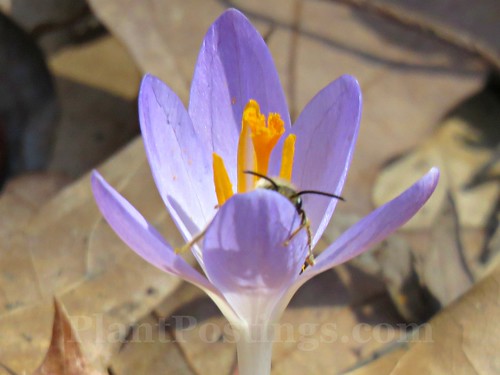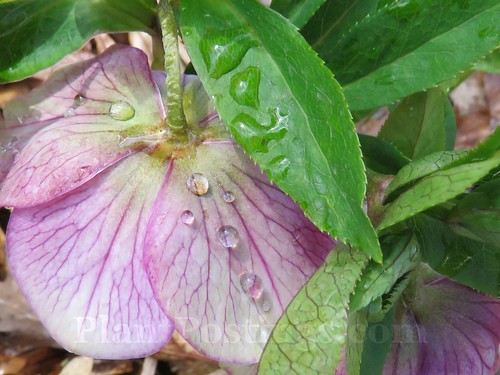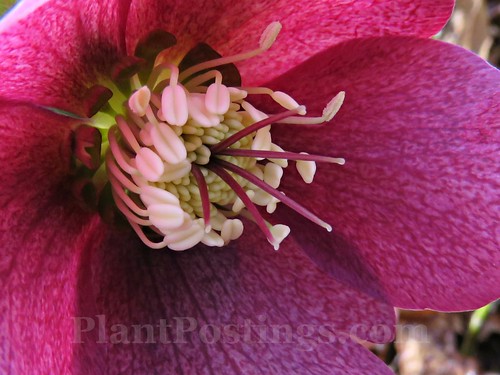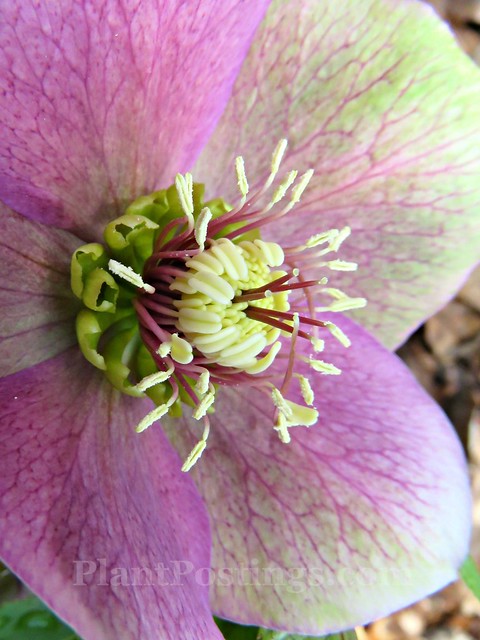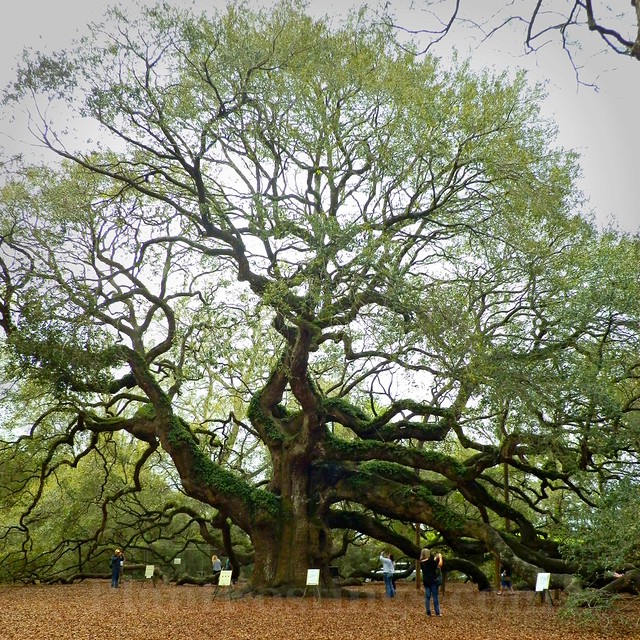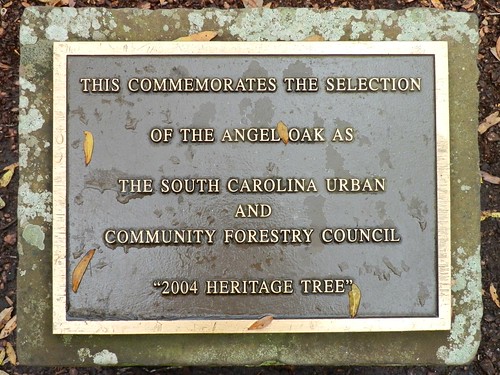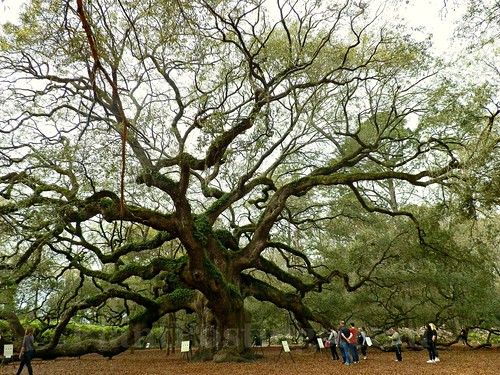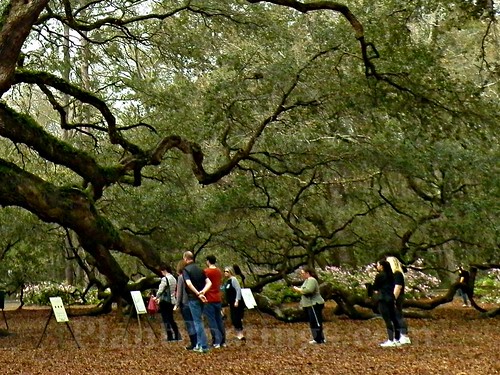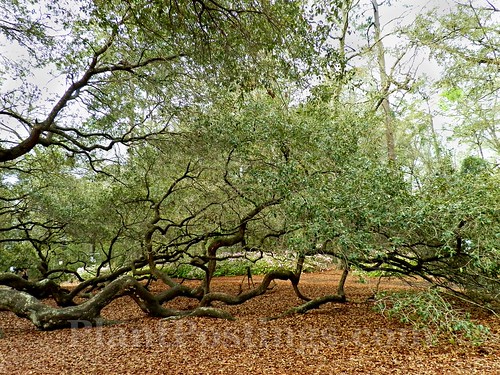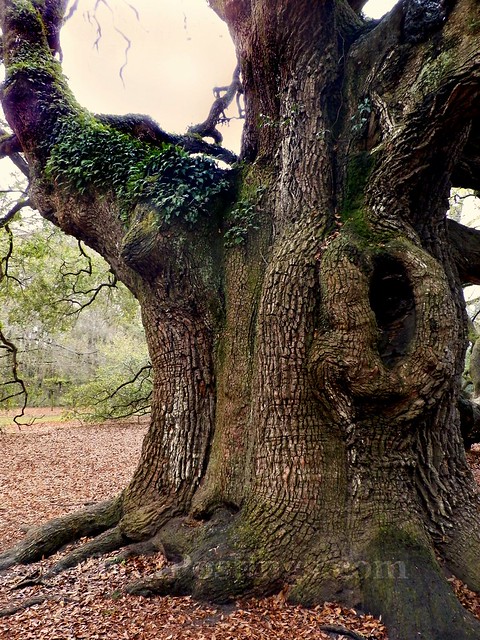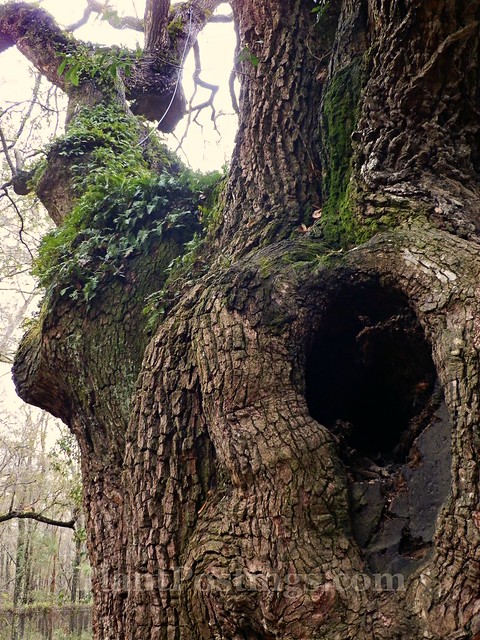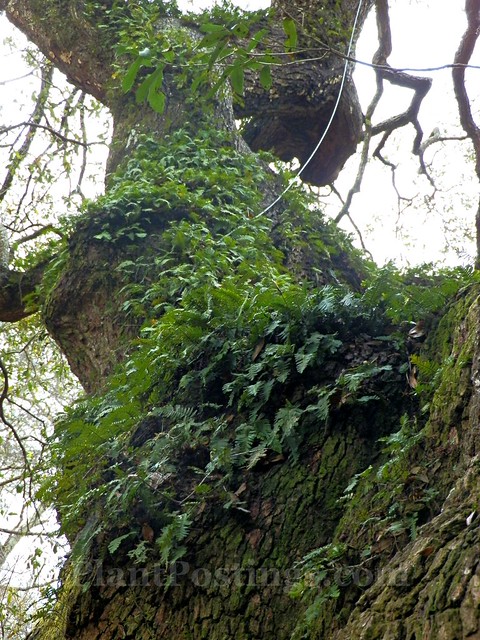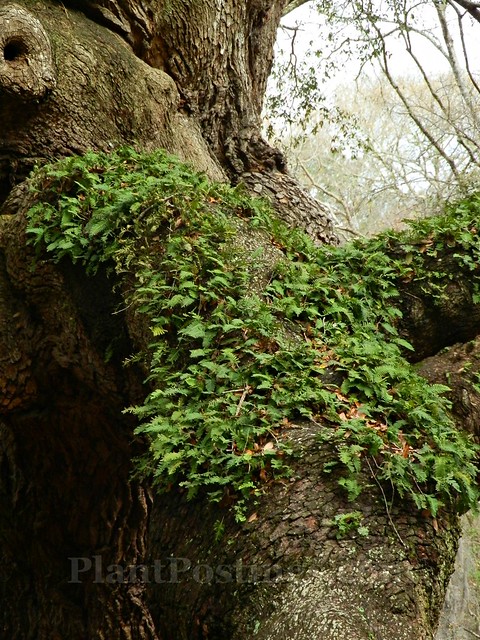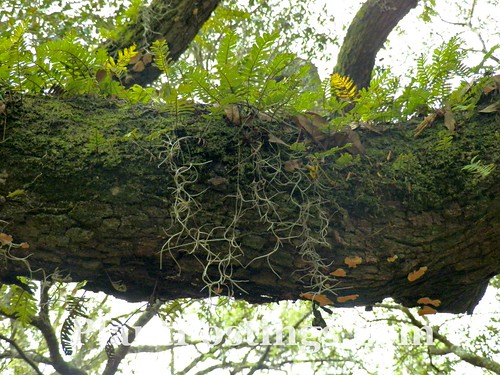
It's Wildflower Wednesday, and I like to combine my "plant of the month" posts with Gail's meme over at
Clay and Limestone. Check it out!

We just got about a foot of snow from two snowstorms in close succession. Normal for us in January, but obviously this means that no wildflowers are blooming in my garden.
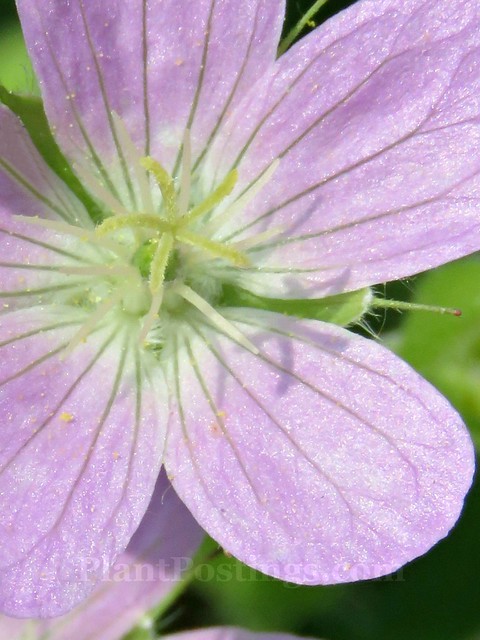
Ah, that's better! So, I decided to think spring--in this case late spring. Wild Geraniums (
G. maculatum) bloom in my garden from mid-May through early June. I've covered so many "plants of the month" and wildflowers over the years, and I was surprised to find I hadn't done a post on Wild Geraniums until now.
I was even more surprised to find how few photos I have of this plant, considering it's so prevalent in the area and in my garden. It likes the conditions here--described perfectly by
Illinois Wildflowers: "light shade to partial sunlight, moist to slightly dry conditions, and rich loamy soil with abundant organic matter." Yes, that pretty much describes my garden. I will have to photograph this plant more this spring!
In the photo above, you'll notice the 10 stamens surrounding the five-chambered carpel/pistil with a five-parted stigma. Each flower has five petals, which vary in color from nearly white to pink and purple--although most are light lavender.

Wild Geranium is native to much of Eastern North America, in USDA zones 3-8, and it tolerates a broad range of conditions, beyond its preferred habitat. Also called Cranesbill and Spotted Cranesbill, its foliage persists throughout the growing season and turns beautiful variegated shades of rust and burgundy in the autumn. The deeply lobed foliage forms a mound, which creates a pleasant groundcover. This plant can often be found growing near Smooth Solomon's Seal (
Polygonatum biflorum) and other woodland and woodland-edge plants.
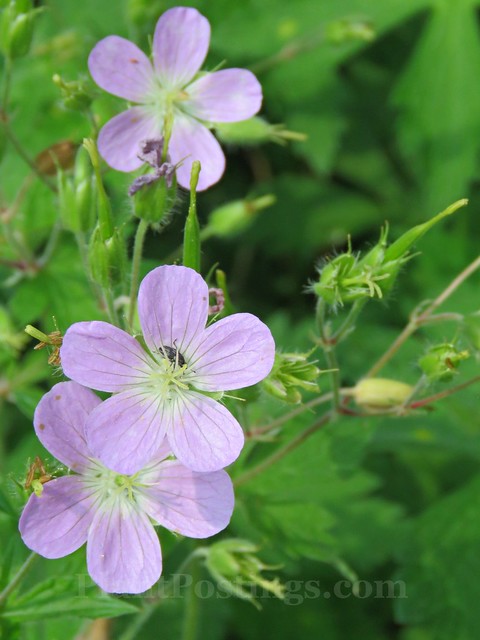
In this photo, you can see the seed capsules that form after the flowers fade. When mature, they burst to scatter seeds beyond the mother plant. It also spreads by rhizomes, although it's not aggressive.
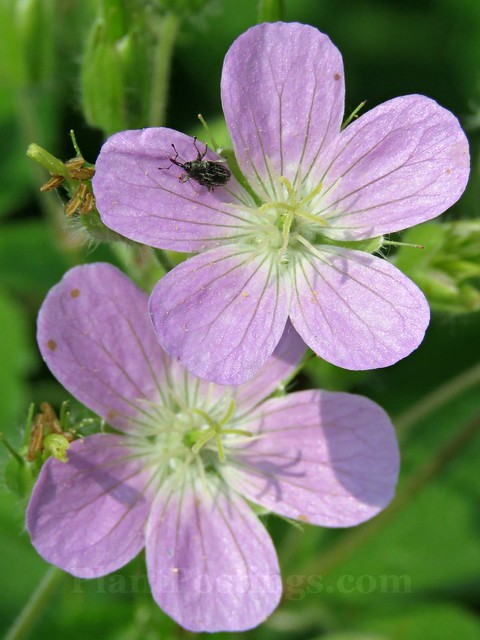
Wild Geranium is listed as providing special value for native bees by the
Xerces Society. I just discovered, through the
Lady Bird Johnson Wildflower Center that the seeds attract mourning doves, bobwhite quail, and white-tailed deer. How cool is that?! (Do you know the name of the insect on the flower in this photo? I think it may be a snout beetle or a weevil of some sort.)
Head on over to Gail's
Wildflower Wednesday meme to learn about wildflowers that bloom around the world.
